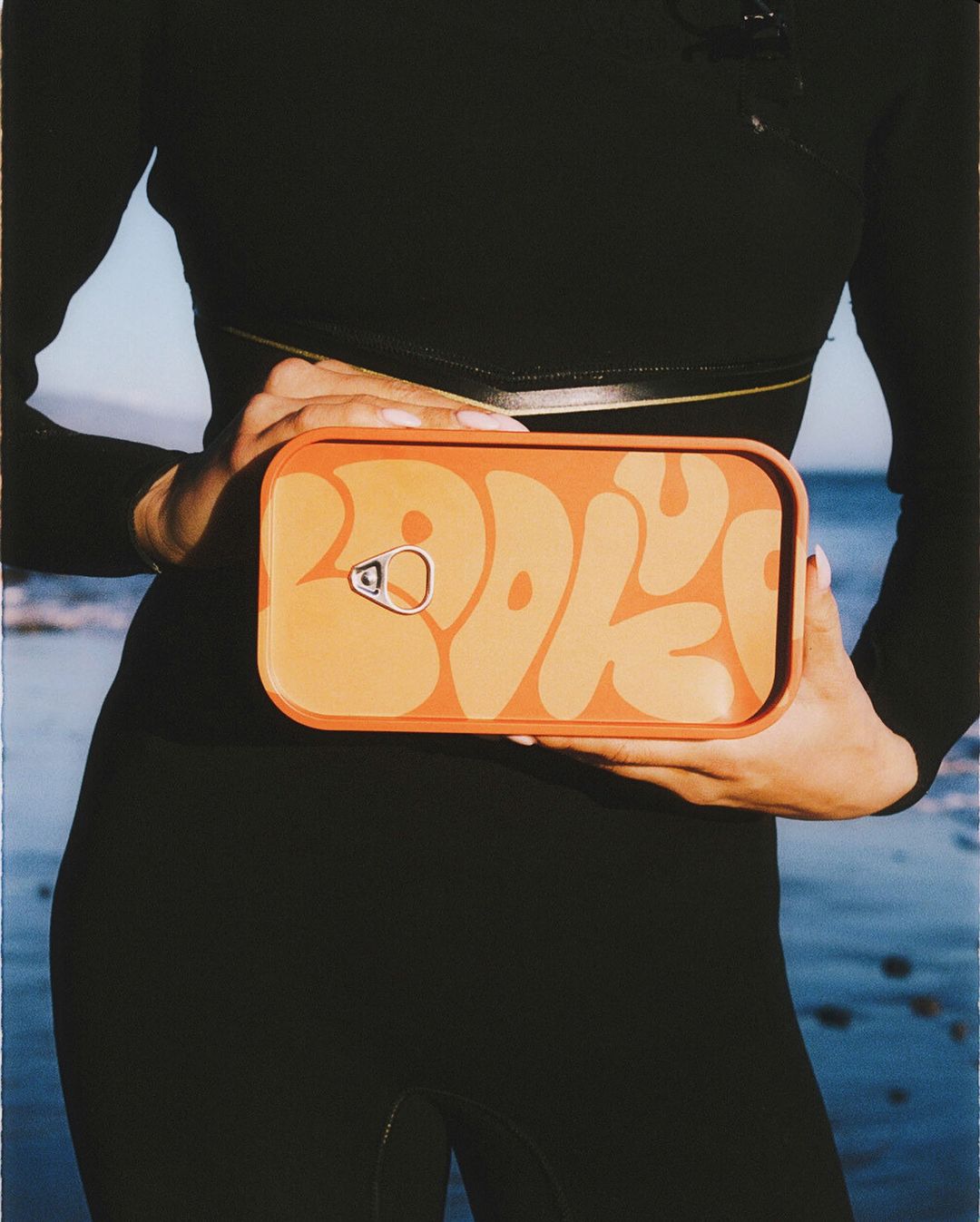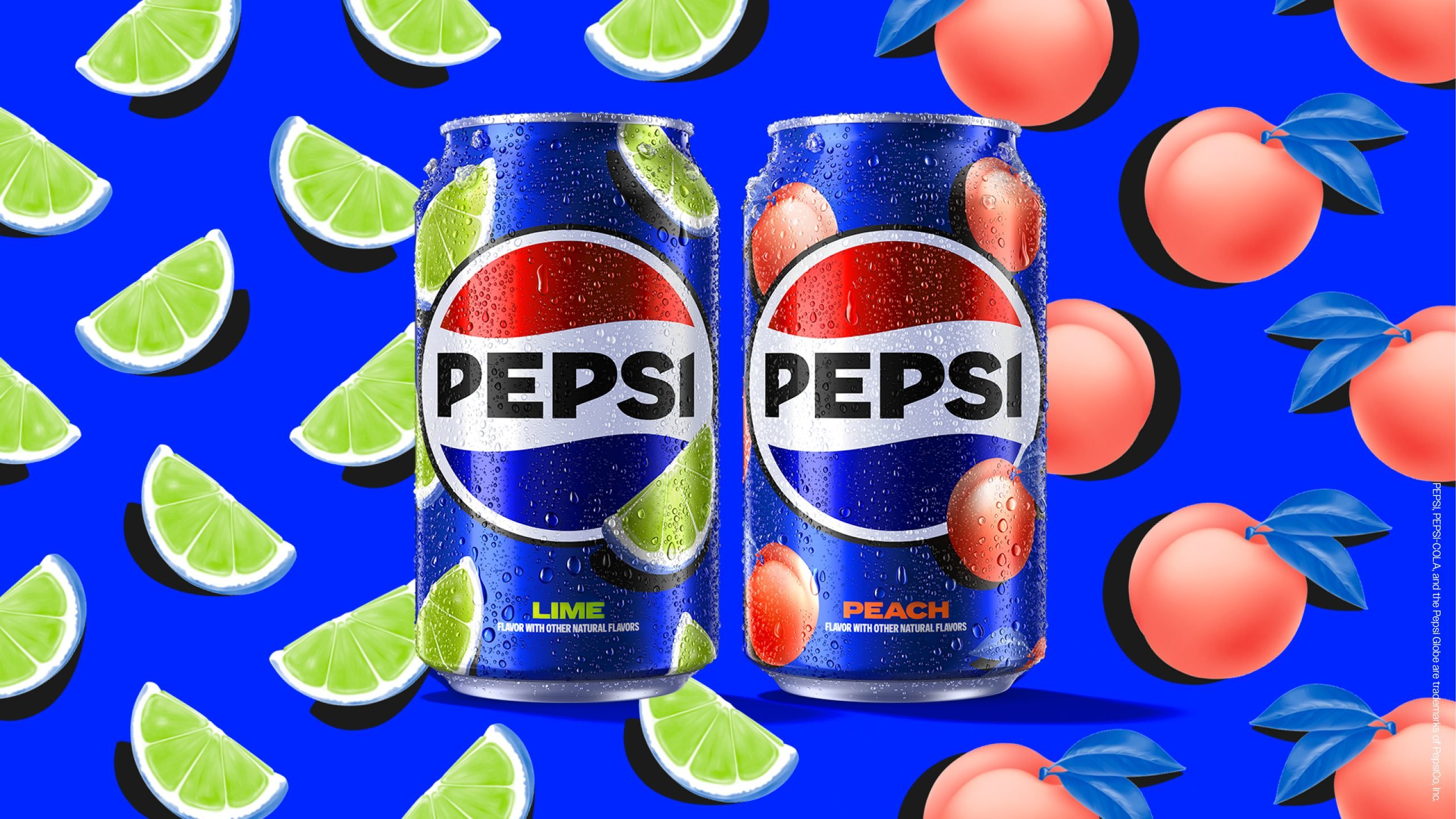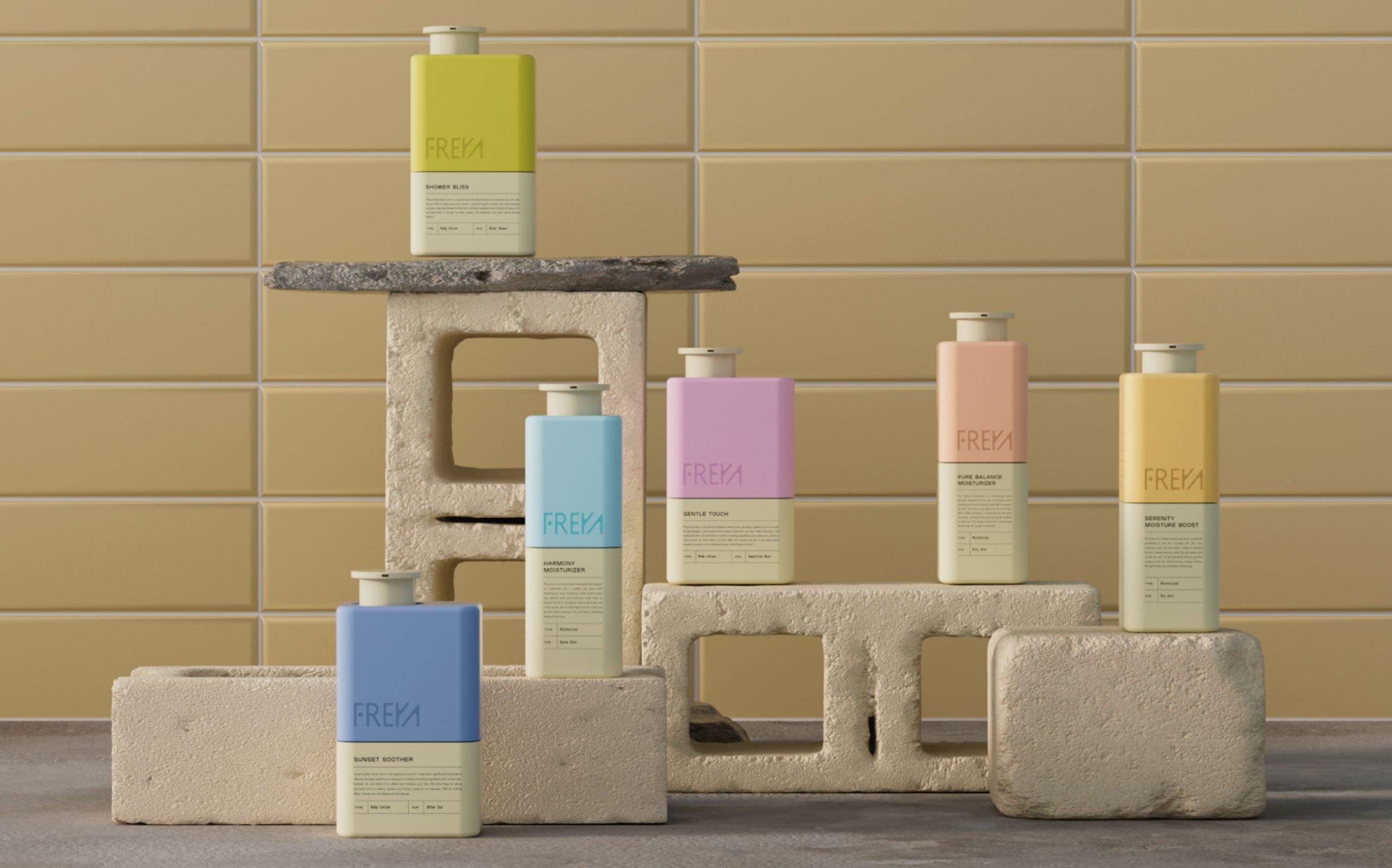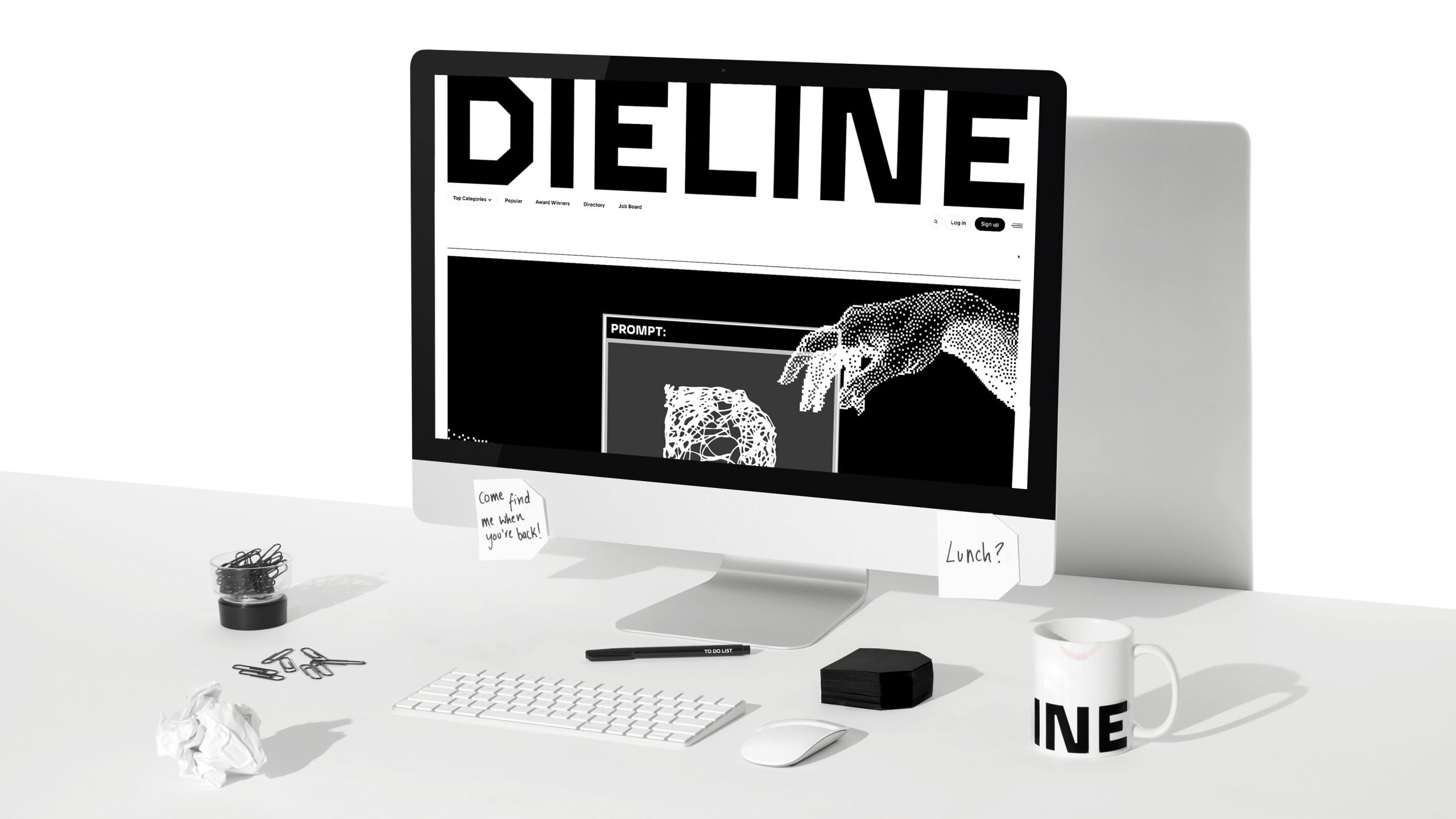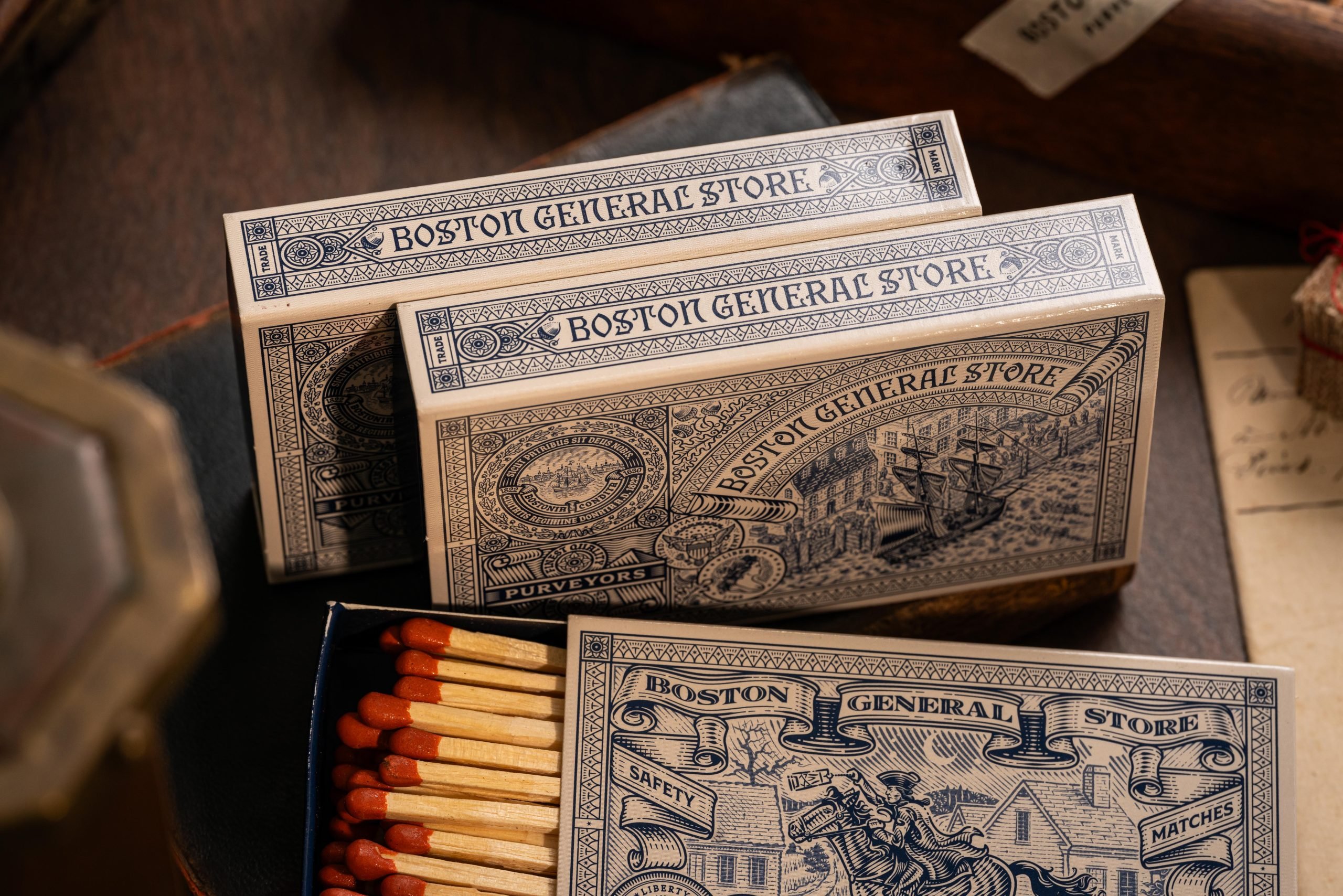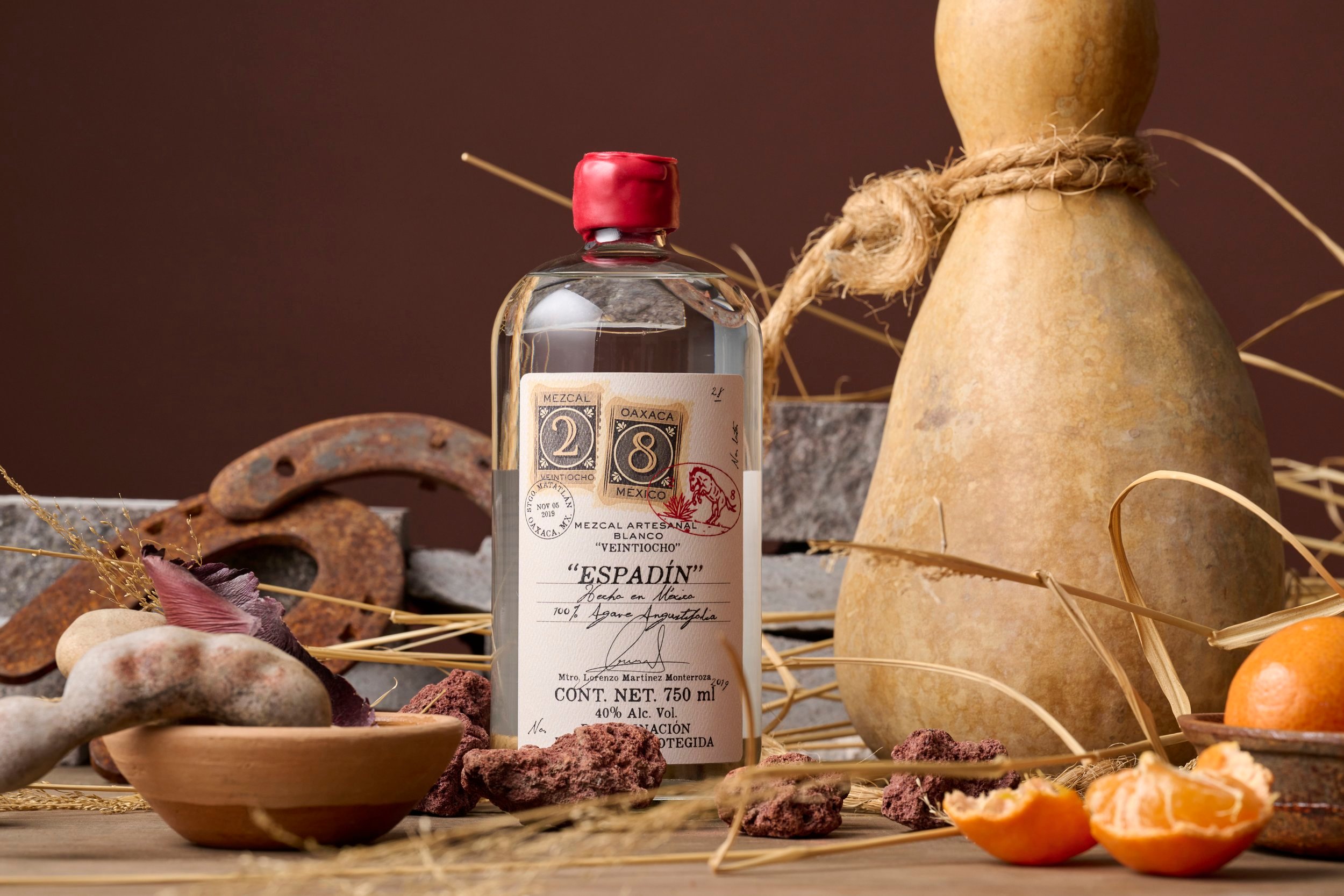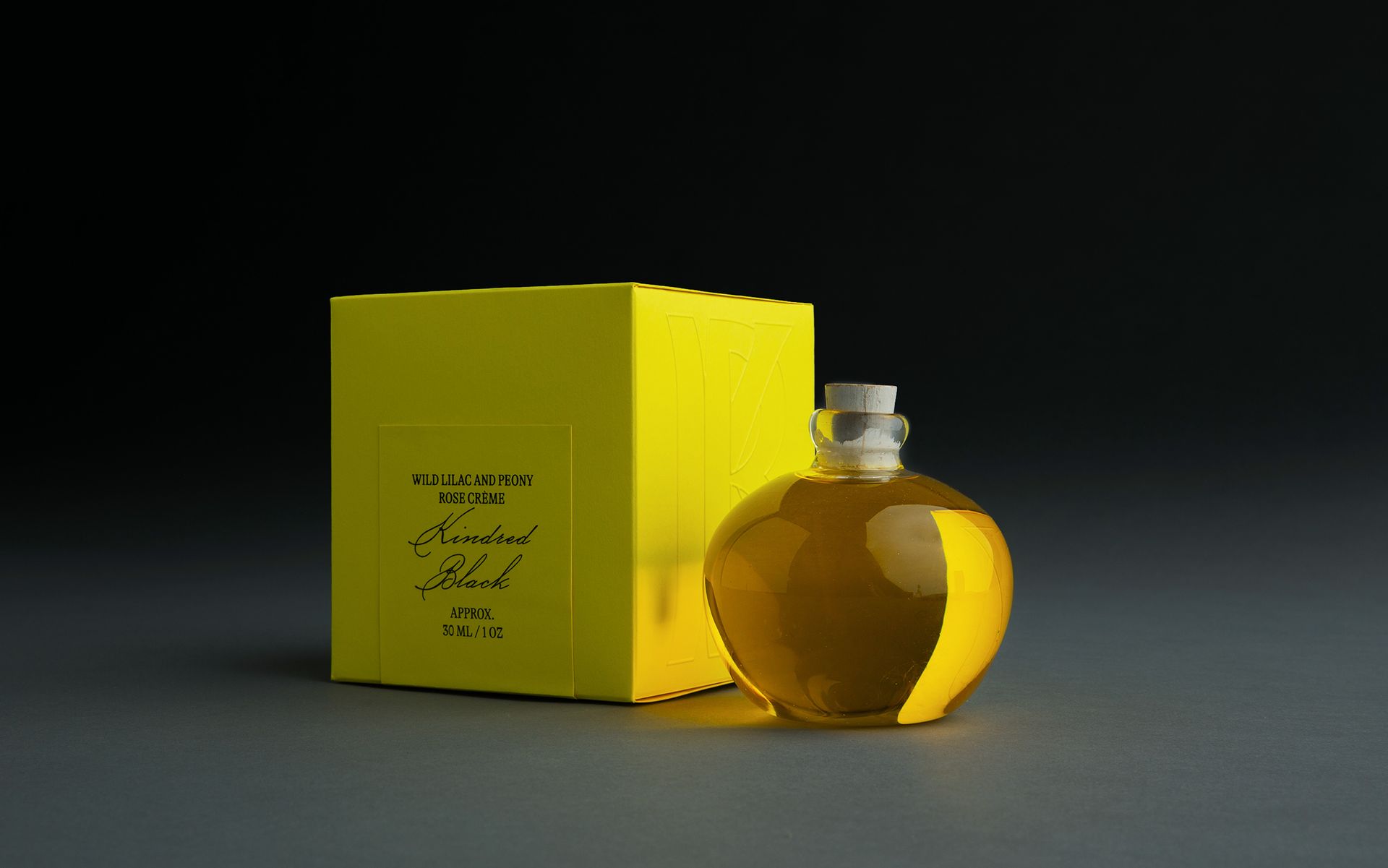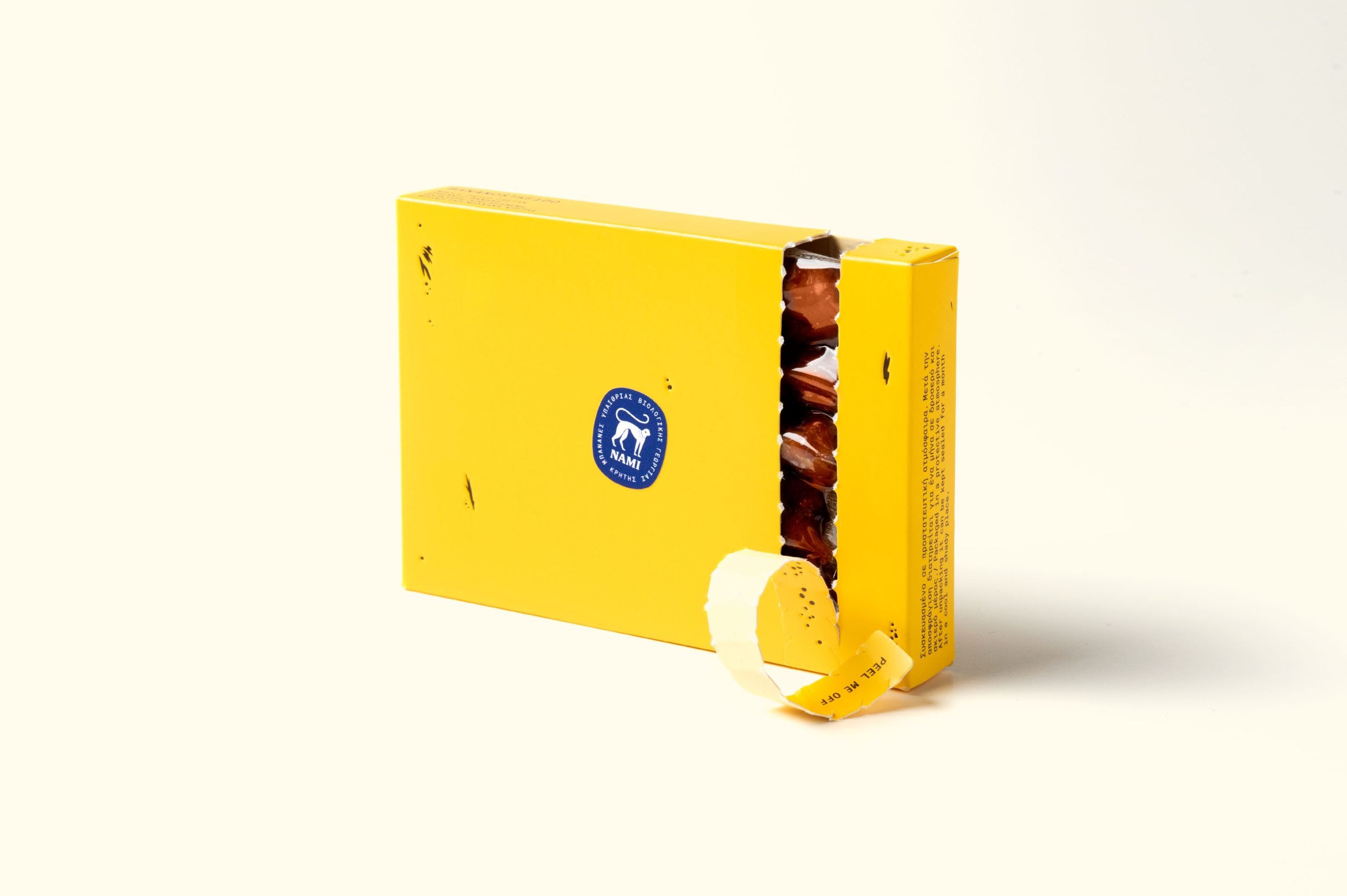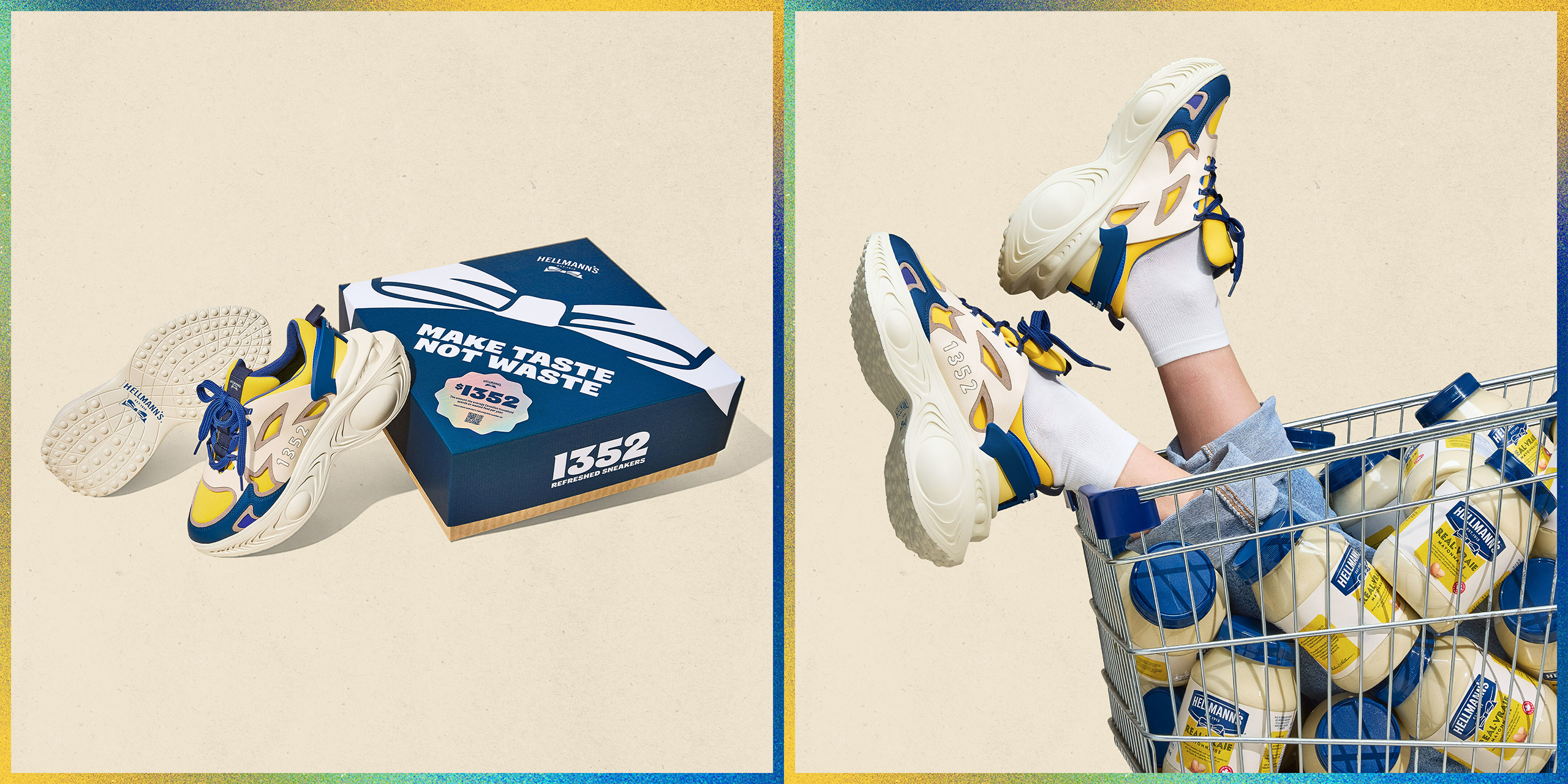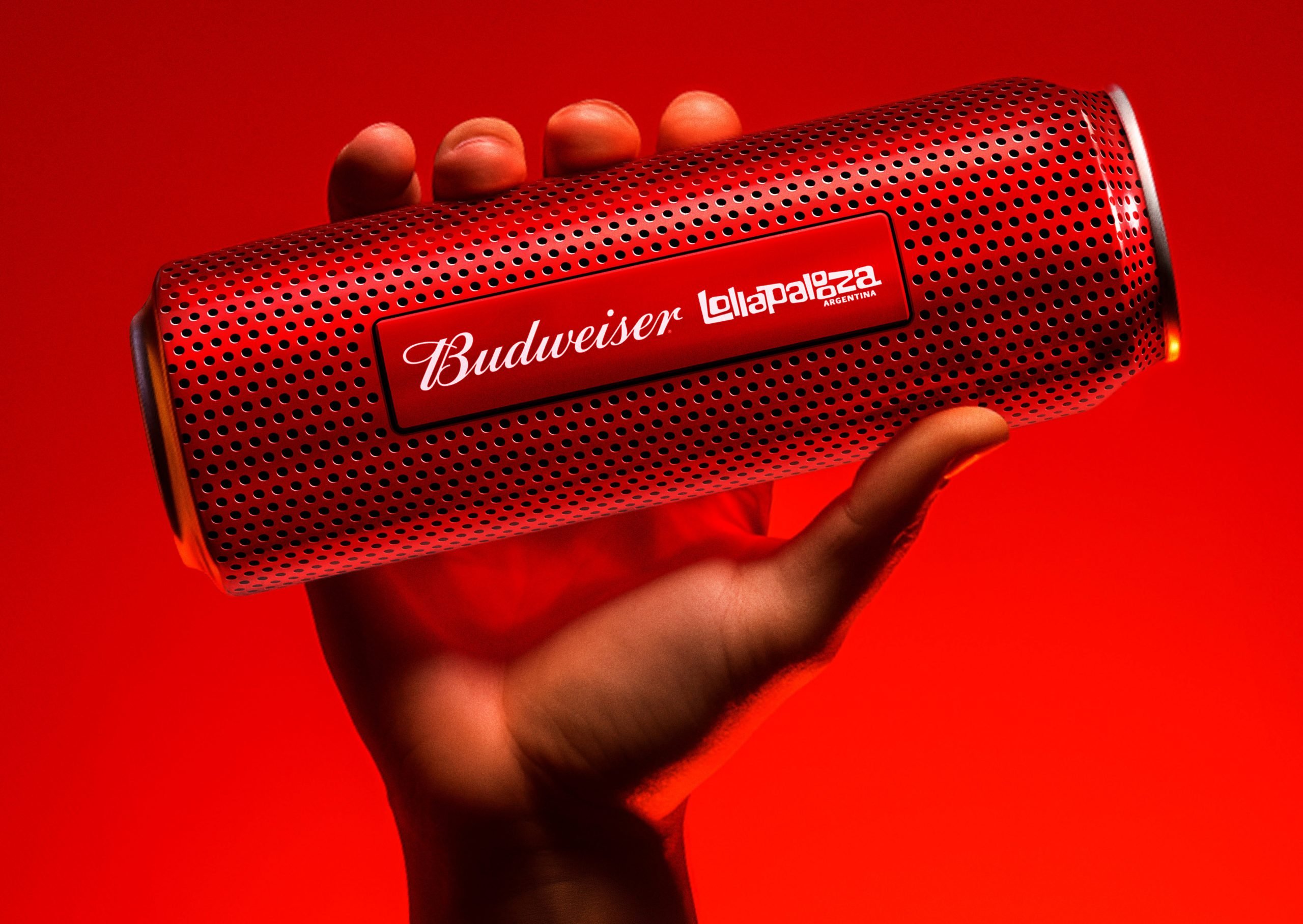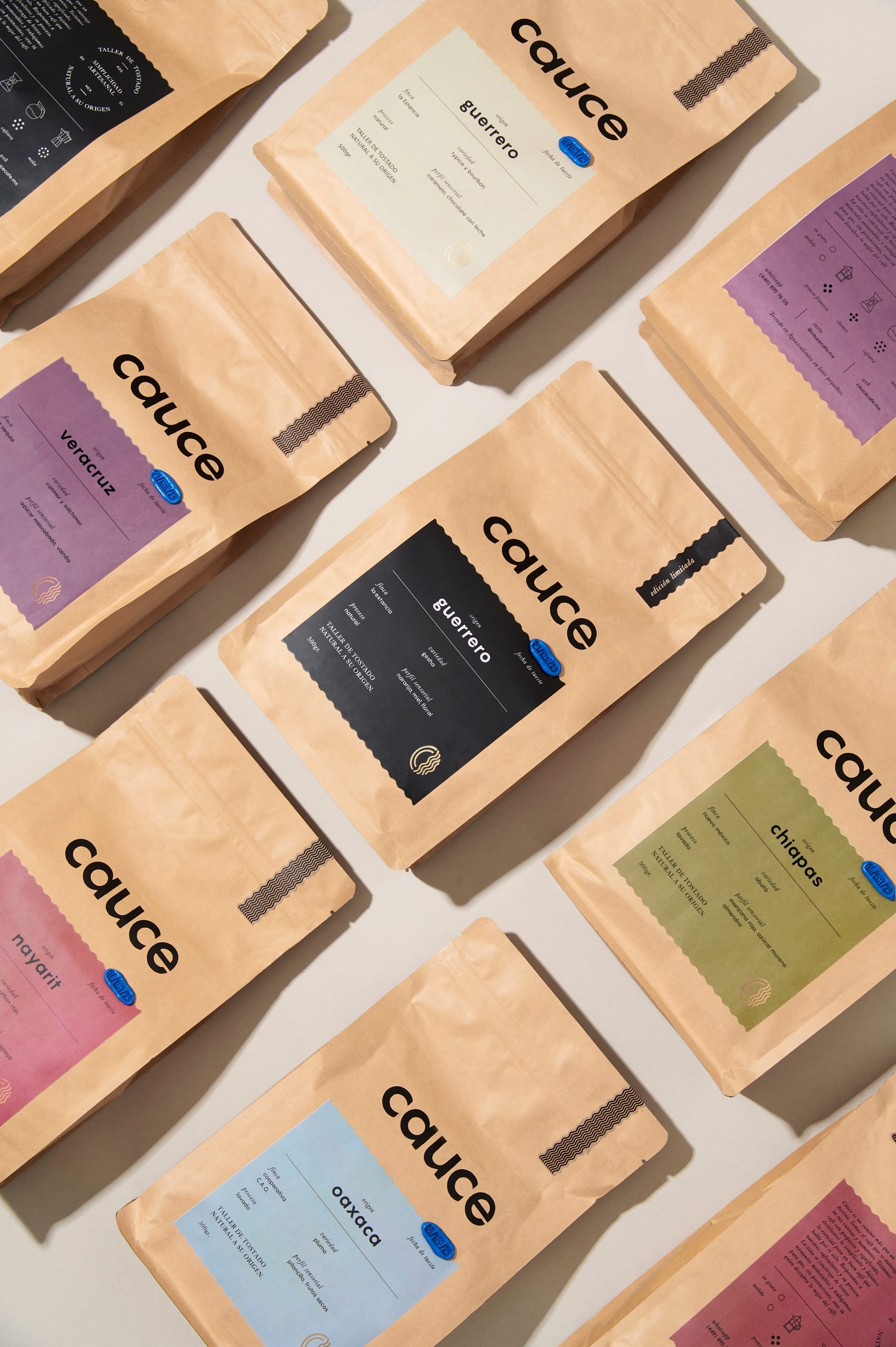By: Bryan Shova
There are many opportunities for the design industry to play a bigger part in product sustainability. Case in point: Many of the technological advancements in sustainable packaging suffer from issues that could be tackled through partnership with strong design thinkers. The design industry can also help to bring the conversation about sustainable packaging design further upstream. Here are three important things to consider when it comes to designing for sustainability.
Scientists, packaging developers, materials suppliers and manufacturers neither control demand generation nor the consumer experience, which are a result of the positioning, opening ceremony, branding and graphics. These are the responsibilities of marketing and design.
